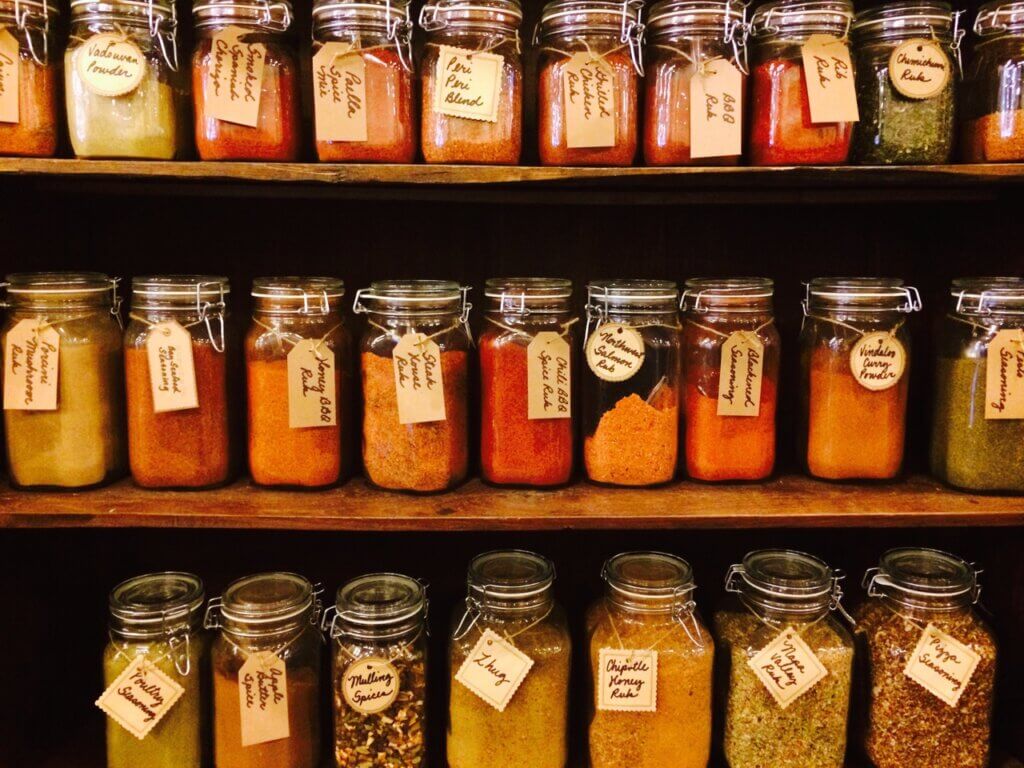How to Organize Your Pantry

How can you organize your pantry to save money, time, and stress? I’m answering your top questions on how to organize your pantry today. It’s a popular question, because there’s nothing quite like going to grab something in your pantry to cook up a meal, only to come up empty handed on that important ingredient. Or finding a package of food way, way back on your top shelf that has gone bad. The bottom line is that it’s important to have a variety of essential ingredients in your pantry to make preparing your favorite plant-based meals quick and simple. Yet, an over-abundance of disorganized food in the pantry can be overwhelming, if not stressful when it comes to your daily cooking routines. An unorganized pantry may find you throwing out numerous items that have been hiding in the back of your pantry, and purchasing doubles of items you didn’t realize you already had. As a result, food gets wasted and money is spent for no reason. Who needs that? And you might be surprised that it doesn’t require a ton of time to stay organized if you do it efficiently—working smarter, not harder.

How to Organize Your Pantry
Question: What are some basic tips for organizing a pantry?
Sharon’s Answer: Here are my top tips:
- It’s good once a year to just empty your pantry, dust off the shelves, rotate older items so that they get used up first, and make sure that everything is tightly sealed and stored well. Grains and pulses (beans, lentils, and peas) are targets for pantry pests, such as bugs, weevils, and moths, so seal them up tightly. I like to use mason jars with lids to make sure my items that have been opened remain airtight and stay fresh.
- Put anything that has been in your pantry for awhile on the menu. This can also remind you of the things that you should avoid purchasing in the future. If you find that you haven’t used them in 6 months, chances are they aren’t a favorite in your culinary repertoire.
- Don’t throw things out. That causes food waste, which is unsustainable for the planet and your wallet. Shelf-stable foods can have a very long shelf life.
- Reorganize your shelves. Make sure you have a clear place for shelf-stable items, grouping like items together, including an area for spices, grains, pulses, canned vegetables, pasta, mixes, flours, sugars, vinegars, and oils. Make sure that they are easy to find when you are looking for them. Facing labels out helps.
- Consider refrigerating or freezing some of the more perishable items, such as whole grain flours, nuts, and seeds (i.e., flax seeds). They will last longer.

Question: How do you organize a pantry by zone?
Sharon’s Answer: Group all of your like items together, such as putting all of your spices in one section, all of your canned goods in one section, all of your grains in one section. I like to use large flat baskets to organize my pantry. They’re great for things like spices and herbs (especially if you have as many as I do) and bags of beans and grains. I like to keep snacks in one low basket. I use clips to seal the bags to keep them fresh. These should be limited anyway, as often snacks aren’t the healthiest items. By keeping one low basket, that’s my limit of how many snacks I keep on hand. Prioritize healthier items, such as whole grain crackers and flatbread, nuts, trail mixes, and nutrition bars. Clear mason jars are great for organizing pantry items, such as grains, beans, pasta, flours, sugars. Glass jars keep them safe and air tight, plus you can see what the containers contain. I use a washable marker to write the item name and date of purchase on each jar. Remember to wash out jars each time before refilling, and use up the entire jar before refilling to keep it with a fresh batch.

Question: What about organizing a small pantry versus a deep pantry?
Sharon’s Answer: When you have a small pantry, you have to be more vigilant. You can’t stock as many items, so it’s important to keep to the basics and restock on your weekly shopping trips. You may have a smaller supply of grains, pulses, spices and herbs, or you might decide to stock your favorite spice blend instead of five different spices. Find your favorite type of brown rice and stick with that. Love your small space because a big pantry causes issues because things get pushed to the back, where they get “lost,” unused, unloved, and perhaps wasted.

For more tips on organizing your plant-based pantry, check out my FREE Plant-based Pantry Toolkit here.
Check out some of my favorite plant-based pantry recipes here.




Pleasure to go through such wonderful work!!